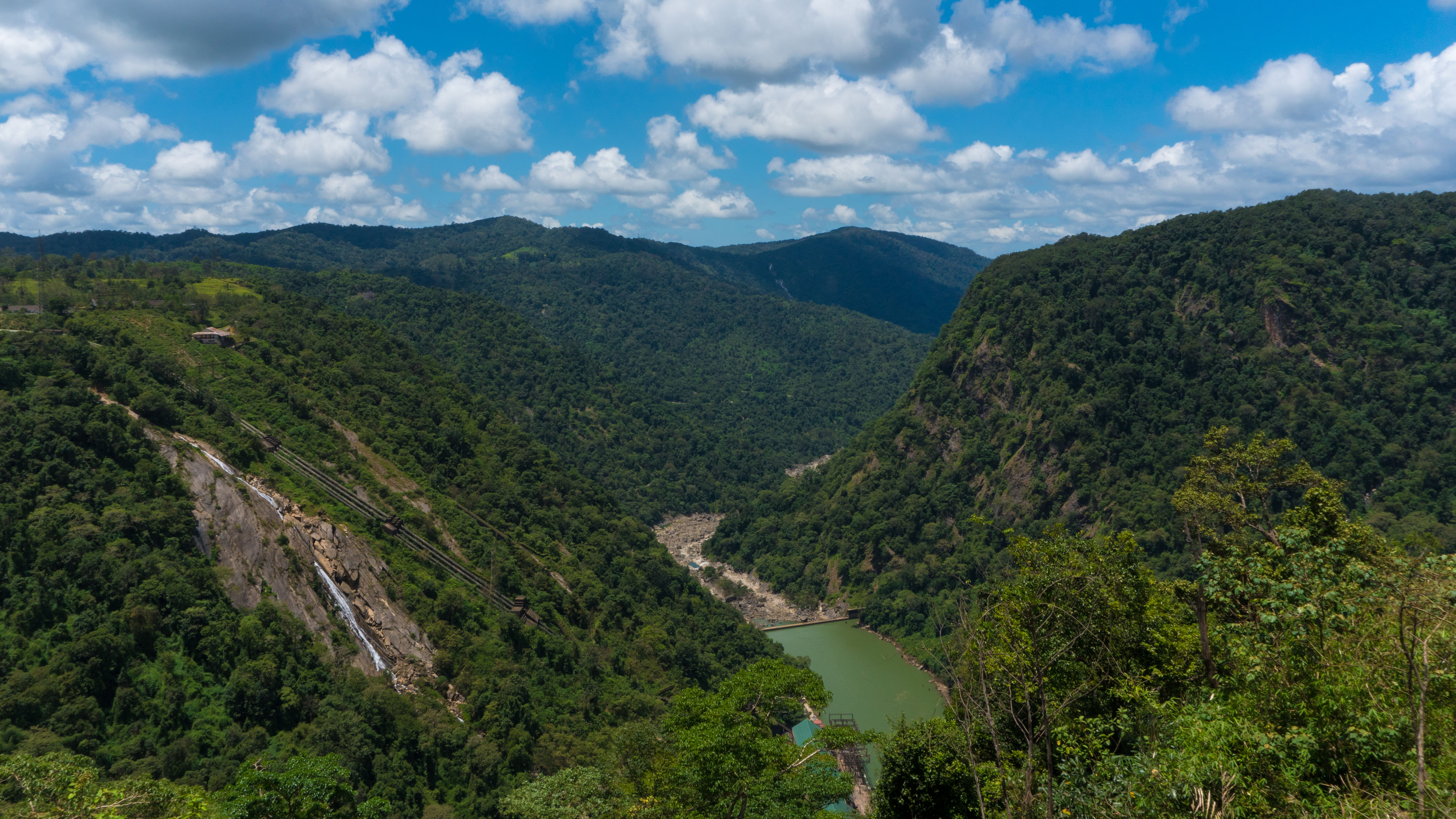
The Sharavathi valley in Sagar taluk of Shivamogga district.
Credit: Special Arrangement
Bengaluru: The proposed site for the Pumped Storage Project in the Sharavathy Lion Tailed Macaque (LTM) Sanctuary is home to "at least" 362 species of flora and hundreds of fauna many of which are endangered and endemic to the Western Ghats, a report on the assessment of the biodiversity impact has said.
The Karnataka Power Corporation Limited (KPCL) has proposed a 2000 MW project in a 133.80 acres of the sanctuary between Talakalale and in the upstream the Gerusoppa reservoir in the downstream. The project involves constructing a powerhouse with 8 units of 250 MW turbines along with 7.8 km conductor system.
A survey of the biodiversity impact assessment submitted by the KPCL conducted in three months of 2019 to cover different seasons shows the rich heritage value of the area. For instance, the number of flora went up from 230 in winter to 342 in monsoon season in the eight sites. These included six endangered species like Dhooma, Karidhoopa, Gulimavu, Murugalu and others, along with critically endangered Syzigium travancorium and the rare Sattavari.
A divisional forest officer noted that any research conducted in a short time will have its limitations. "Many conservationists have pointed out that the Ghats still throws up new species every once in a while. It's also a fact that not all biodiversity of this area has been documented. When taking up projects, agencies conduct study and submit some of their findings. The larger impact and long-term impact is virtually unknown," the official said.
The 51 mammals included schedule-I species LTM, tiger, leopard, fishing cat; 18 schedule-II species and 10 which are not classified. About six of the mammals were classified vulnerable while two were endangered and three, including striped hyena, were near threatened.
The 25 reptiles in the area include monitor lizard, python, montane keelback and others. The Indian Chameleon and common Indina monitor lizard were the two vulnerable reptiles listed by the study. Among the 23 amphibians, many endemic to the Ghats, were the endangered Nyctibatrachus aliciae and the near threatened Rana temporalis (tree frog). Of the more than 55 types of butterflies, 23 were classified as rare.
The study said the area hosts over 130 species of birds. Except Jungle myna, all belonged to Schedule IV. However, the conservation status of the birds was yet to be analysed. Species like Tawny eagle and Great pied hornbill (vulnerable), Malabar pied hornbill and Indian griffon vulture (near threatened) and common pea fowl were among the birds.
To a question, Chief Conservator of Forest of Shivamogga Circle, K T Hanumantappa said that any submission by the KPCL will be verified by the divisional officers of the project area. "The divisional officers will conduct a thorough site inspection report. We will review the same with another site inspection before submitting our point of view to the nodal officer for further decision making," he said.